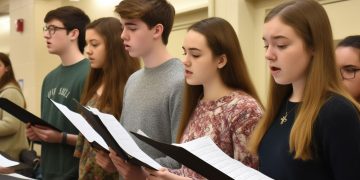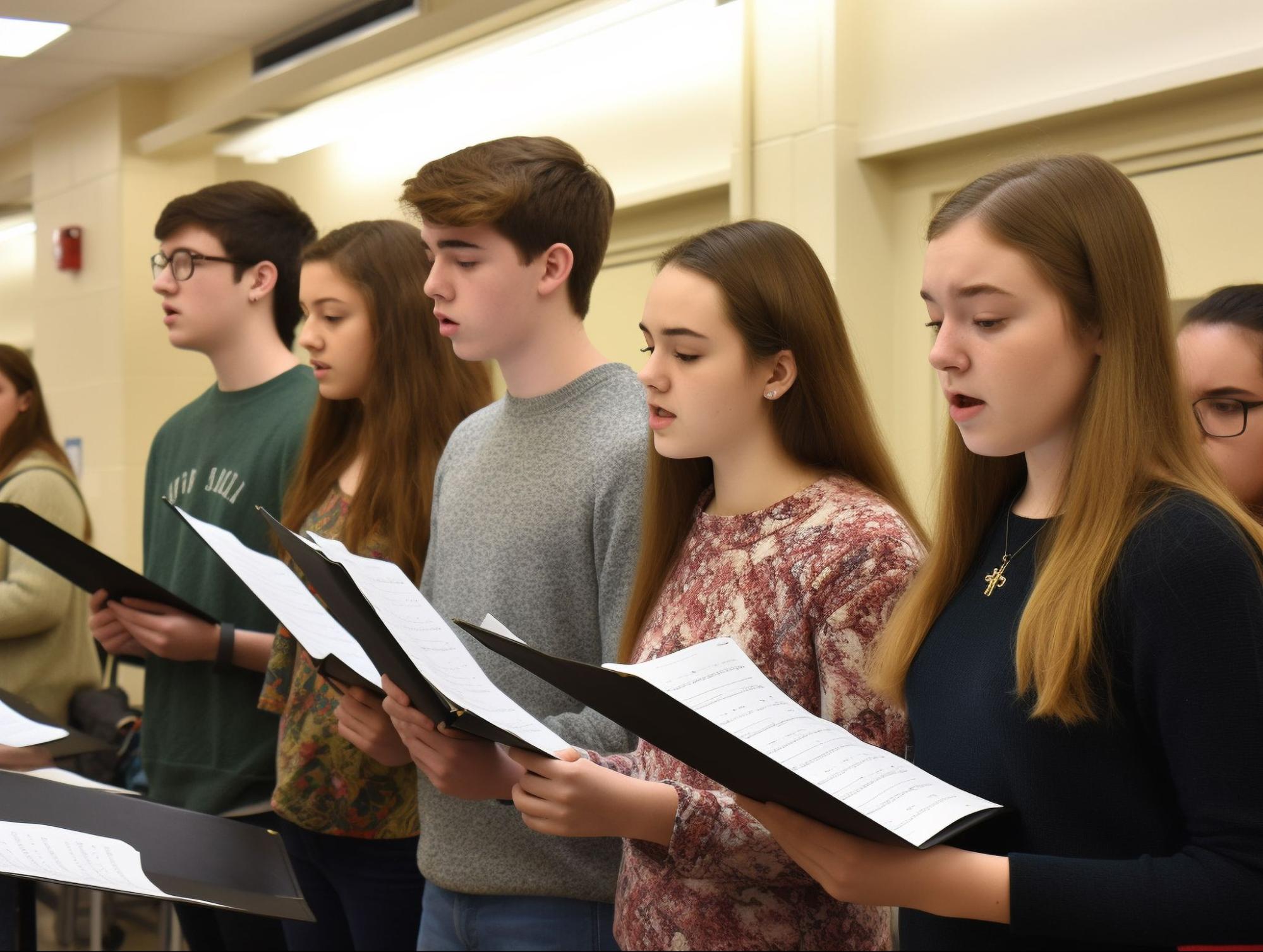In the instrumental world, there are clearly defined grading levels for band and orchestra music. However, these levels are not as well established in the choral world. Choral directors must consider various factors when selecting the right repertoire for their choirs. Here are some key considerations to help ensure success.
Picking the Right Voicing
One of the biggest challenges for choral directors is the fluctuation in student numbers from year to year, semester to semester, or even within a semester. These inconsistencies make it difficult to choose music that will remain viable in the classroom. The bottom line when selecting repertoire is to choose success for your students.
Every director dreams of performing pieces like Morten Lauridsen’s O Magnum Mysterium, Eric Whitacre’s Sleep, or Moses Hogan’s Elijah Rock. These are incredible works, but if your choir consists of 10 students, half of whom are new to choir, these selections may not set them up for success. Instead, consider using these masterworks as listening and discussion material—analyzing what makes them great and engaging your students in thoughtful conversation. Then, select repertoire at a more accessible level that will build confidence and pride in their performance.
If SATB repertoire becomes too challenging for your ensemble, explore the wealth of exceptional SAB music available. Many publishers also offer SSAB pieces, which work well for choirs with advanced treble voices and fewer changed voices. Choosing voicing that highlights your choir’s strengths ensures a successful and rewarding performance experience.
Picking the Right Text
Finding repertoire that excites your students is crucial. Text plays a significant role in this process. You know your students and their interests better than anyone. Sometimes, a novelty piece with fun lyrics is just what they need to connect with the music. Other times, a poignant piece might resonate more deeply, especially for graduating seniors who want a meaningful send-off.
Treble ensembles often encounter repertoire centered on themes of flowers, nature, or romantic longing. While some of these pieces are beautiful, consider selecting songs of empowerment and inspiration that resonate more strongly with today’s singers. For tenor-bass ensembles, sea shanties are always a hit. Adding rhythm instruments or body percussion can further engage students and bring the piece to life. Giving students a voice in the selection process by letting them hear and choose from a few options can also foster a deeper connection to the repertoire.
Picking the Right Festival Pieces
When preparing for festival, many directors opt for a straightforward Latin piece that can be taught quickly while focusing on fundamentals like tall vowels. However, there is a world of repertoire beyond Latin texts. Consider exploring pieces in other languages, particularly those that reflect the diverse cultures within your choir. If you have students who speak other languages, involve them in sharing their cultural knowledge through music. This approach not only enriches the choir’s experience but also creates meaningful connections among peers.
In all my years judging choral festivals, the first question I ask students is, “Which of these songs was your favorite?” I always knew their answer before they would say anything because it was evident in their performance. While singers should strive to sell any piece, selecting music they love enhances their joy in performing and creates more memorable experiences.
Picking the Right Concert Pieces
Many directors structure concerts around themes, which can be an effective way to create cohesion. However, thematic programs can sometimes lead to repertoire that feels repetitive. Including novelty songs or lighter pieces can provide variety and keep both singers and audiences engaged. Not every piece needs to be a vocally challenging masterwork. Balancing your program with lighter moments ensures a more enjoyable and dynamic concert experience.
Final Thoughts
The choral classroom comes with its own unique set of challenges. Preparing students for festival or performance can feel overwhelming at times. The key is to prioritize success. If a piece isn’t working due to its difficulty level, don’t hesitate to change it. Selecting repertoire that allows your students to feel accomplished at the end of the year is far more valuable than forcing them to struggle through pieces simply because the director loves them. Highlighting their strengths and fostering pride in their performance will always let them shine brighter.





























